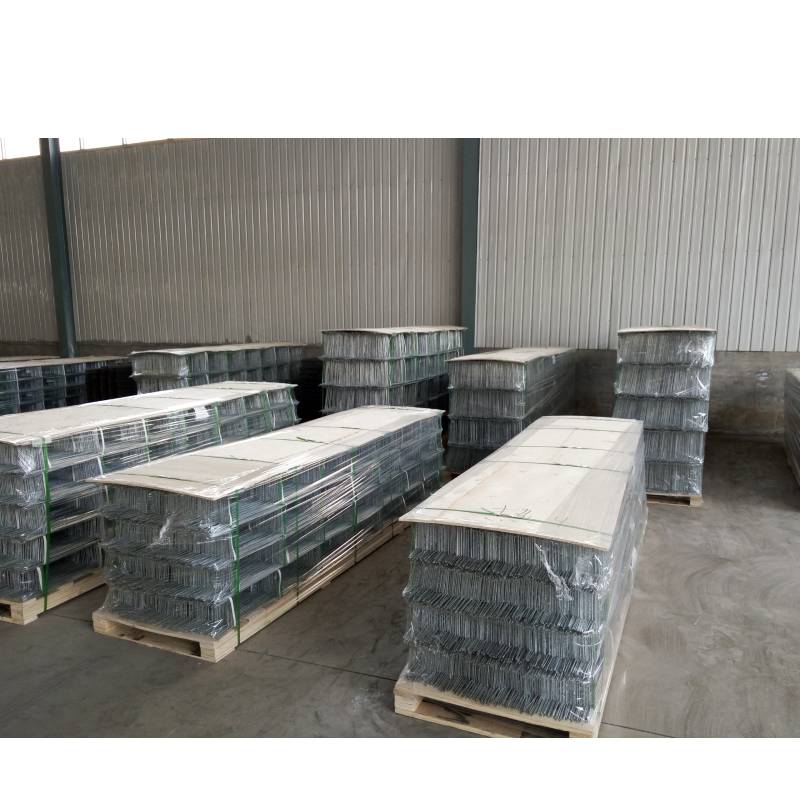
- Mobile Phone
- +8613931874955
- sales@cntcmetal.com
masonry straps
Understanding Masonry Straps The Unsung Heroes of Construction
Masonry structures, known for their durability and aesthetic appeal, are found in buildings, walls, and various architectural features across the globe. When constructing these structures, one often encounters the importance of masonry straps. These seemingly small components play a crucial role in enhancing the integrity and stability of masonry work.
Masonry straps, often referred to as masonry anchors or tie straps, are typically made from galvanized steel or stainless steel to prevent rust and corrosion. Their primary function is to connect masonry walls to other structural elements, such as wood frames or concrete slabs. This connection is essential for maintaining structural integrity, particularly in regions prone to high winds or seismic activity.
One of the key benefits of masonry straps is their ability to provide lateral support. In the event of external forces, such as strong winds or earthquakes, masonry walls can experience significant lateral movement. Without proper reinforcement, these walls may crack, bow, or even collapse. Masonry straps firmly secure the masonry to the supporting structure, absorbing and distributing these lateral forces effectively. This not only protects the physical structure but also ensures the safety of its occupants.
masonry straps

Additionally, masonry straps play a vital role during the construction phase. They aid in aligning and stabilizing masonry walls while they are being built. This is particularly important when constructing tall structures or buildings with multiple stories. The use of straps helps keep the walls plumb and level, reducing the likelihood of construction errors that could lead to costly repairs and safety hazards down the line.
Installation of masonry straps is a process that requires precision and care. Typically, these straps are embedded within the mortar joints of the masonry walls, ensuring a strong bond. When installing masonry straps, builders must consider factors such as the load-bearing capacities of both the masonry and the supporting structure. Proper placement and spacing of the straps can greatly influence the overall stability of the building.
Moreover, regulations and building codes often mandate the use of masonry straps in specific scenarios, especially in areas subjected to particular environmental stresses. Compliance with these codes not only promotes safety but also enhances the overall lifespan of the masonry structure.
In conclusion, while masonry straps may often go unnoticed, their significance in construction should not be underestimated. They serve as the backbone of stable masonry structures, providing much-needed support against lateral forces and aiding in proper construction techniques. By ensuring that these straps are effectively implemented, builders contribute to the longevity, safety, and resilience of masonry constructions. As the industry continues to evolve, the importance of aspiring builders and architects to understand and utilize masonry straps appropriately will only become more critical, ensuring that our built environment remains safe and enduring for generations to come.
share:
-
Yard Sign Stakes: Reliable Guardians of Outdoor SignsNewsAug.04,2025
-
Wall Ties: Invisible Guardians of Building StabilityNewsAug.04,2025
-
Resilient Web: The Super Guardian Power of Concrete MeshNewsAug.04,2025
-
Masonry Accessories: A versatile assistant on building foundationsNewsAug.04,2025
-
Iron Binding Wire: the 'invisible reinforcement specialist' in the fields of architecture and industryNewsAug.04,2025
-
Dynamic Spring: The diverse functions and excellent performance of Wire Tension SpringNewsAug.04,2025
-
Your Source for Concrete Wall Ties and Masonry AccessoriesNewsJul.10,2025



















